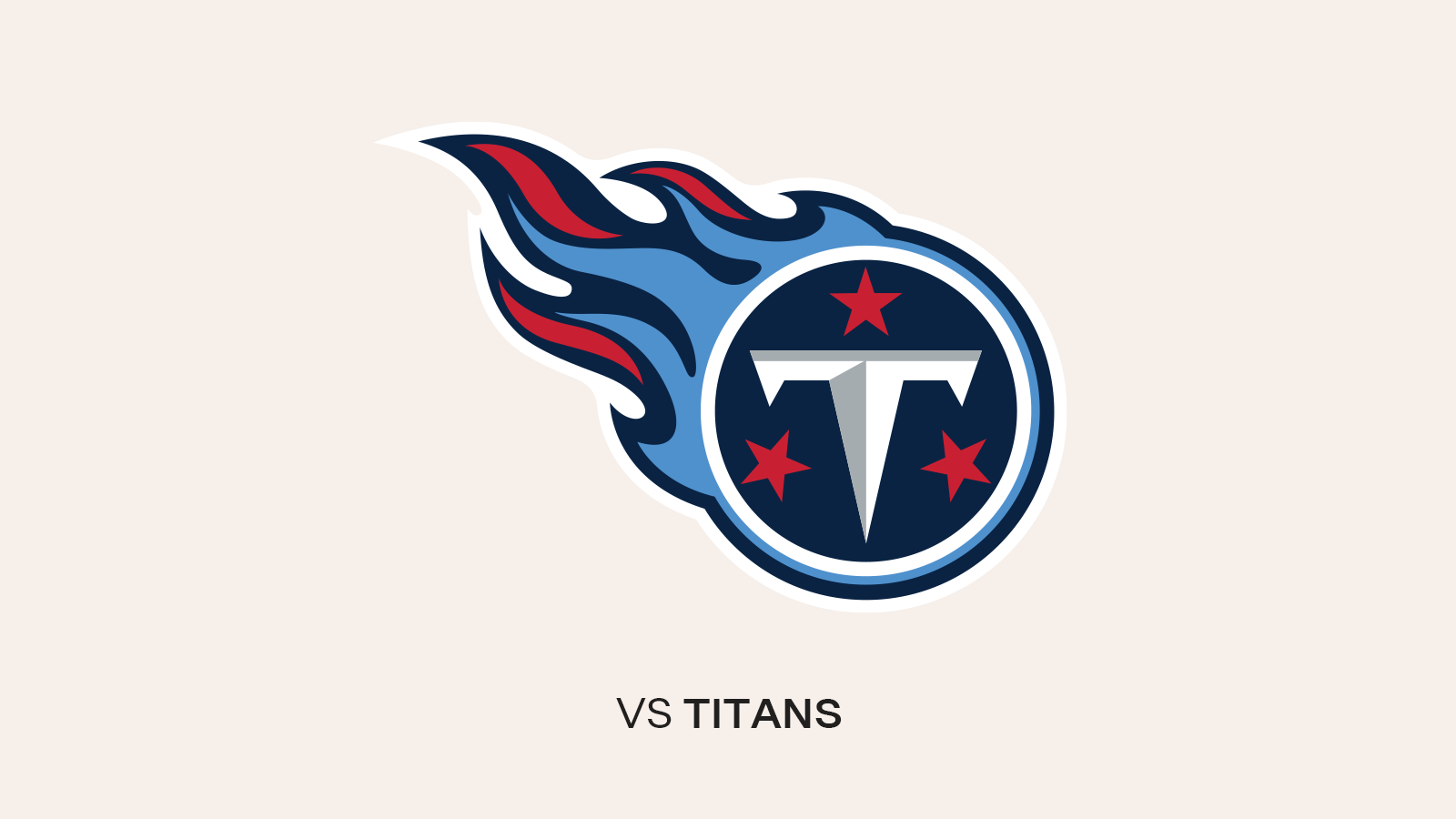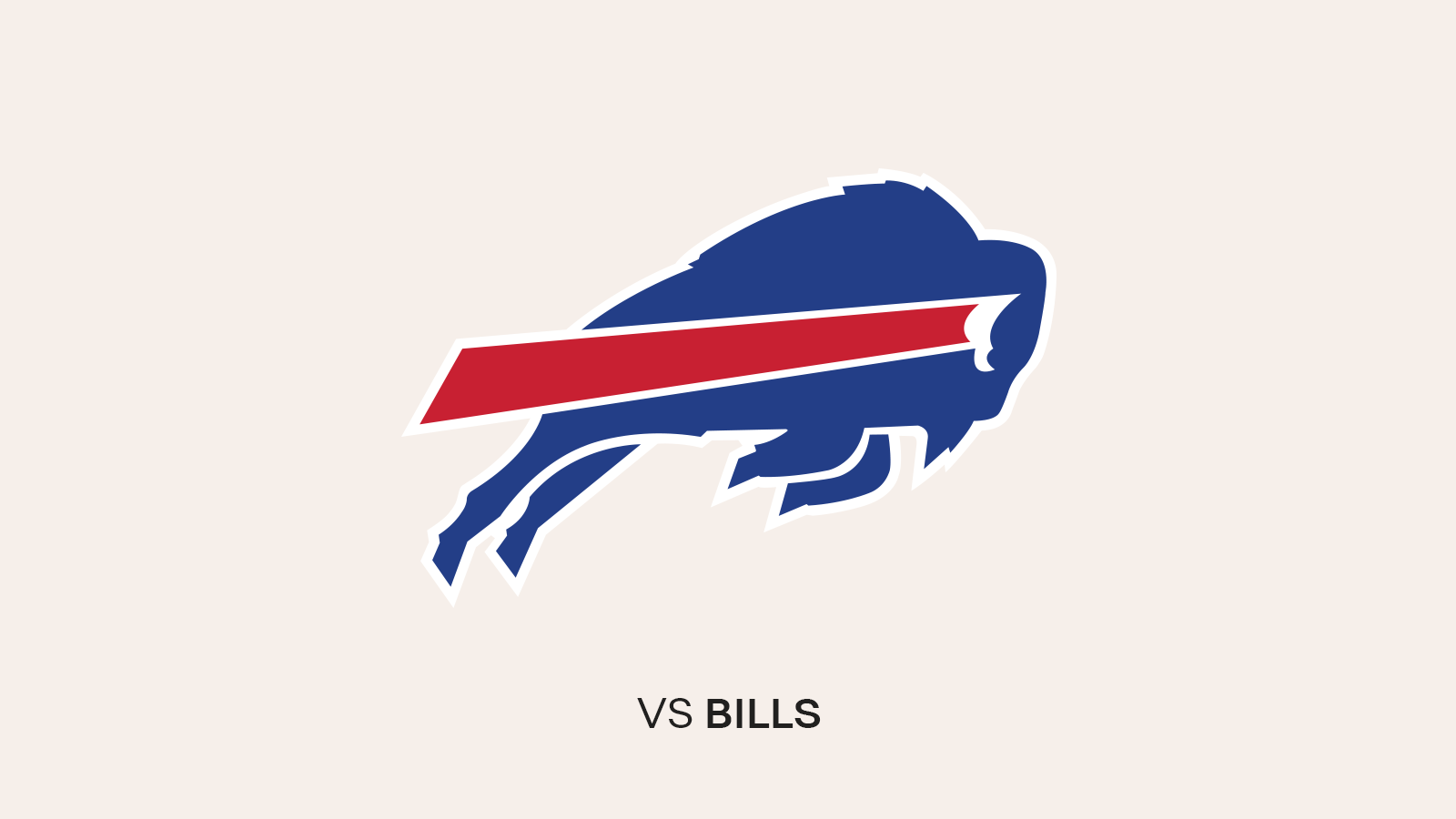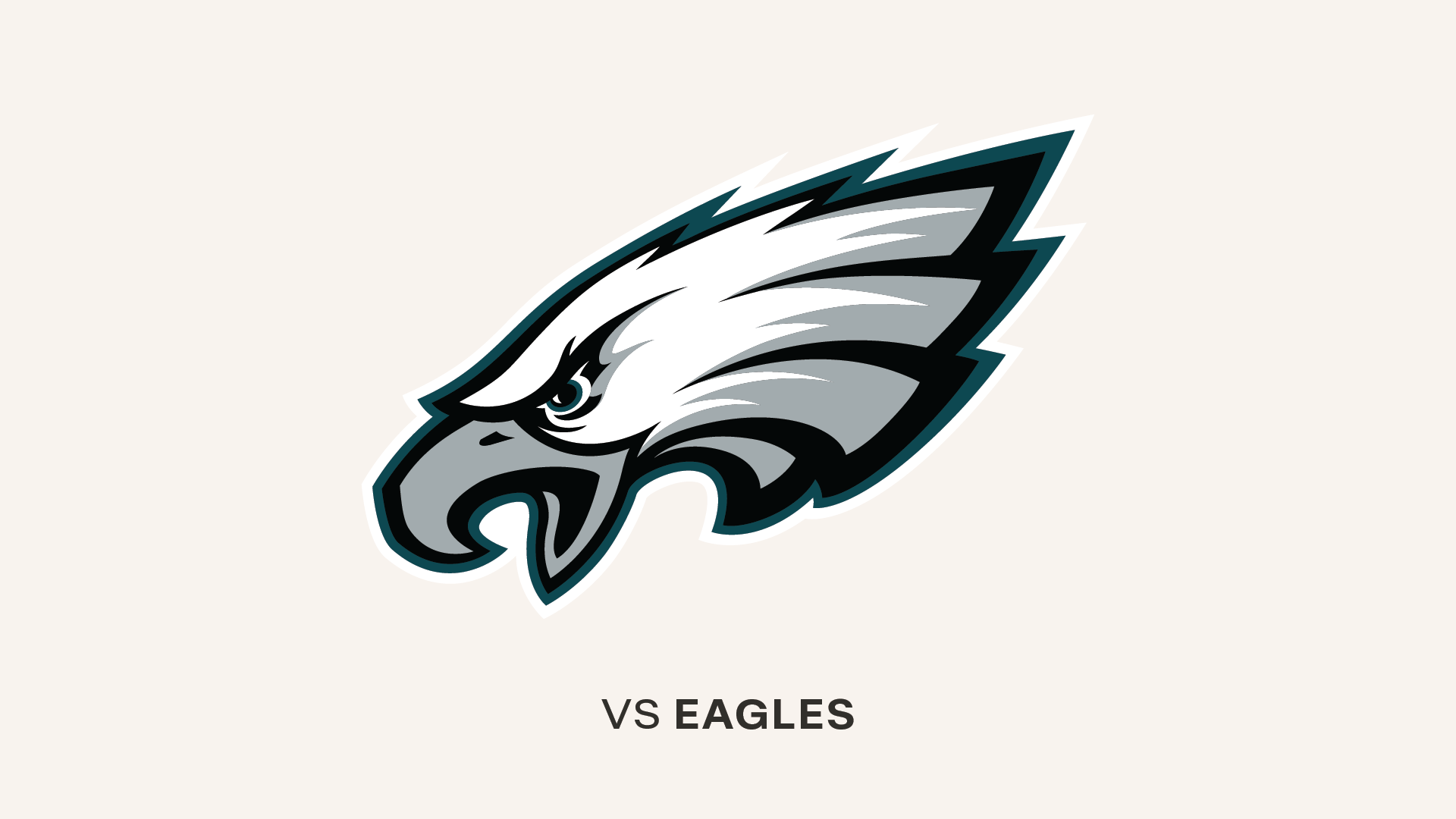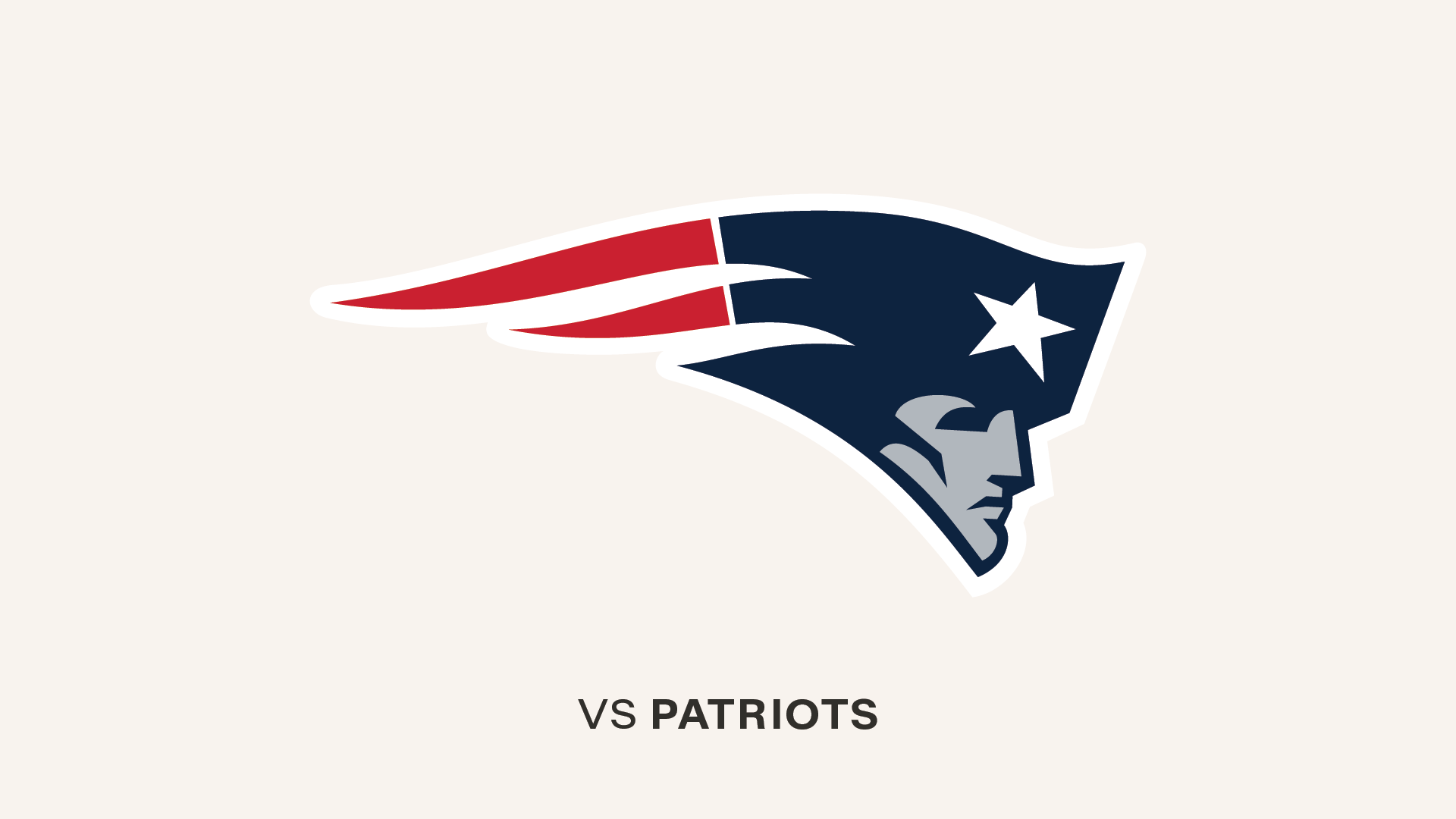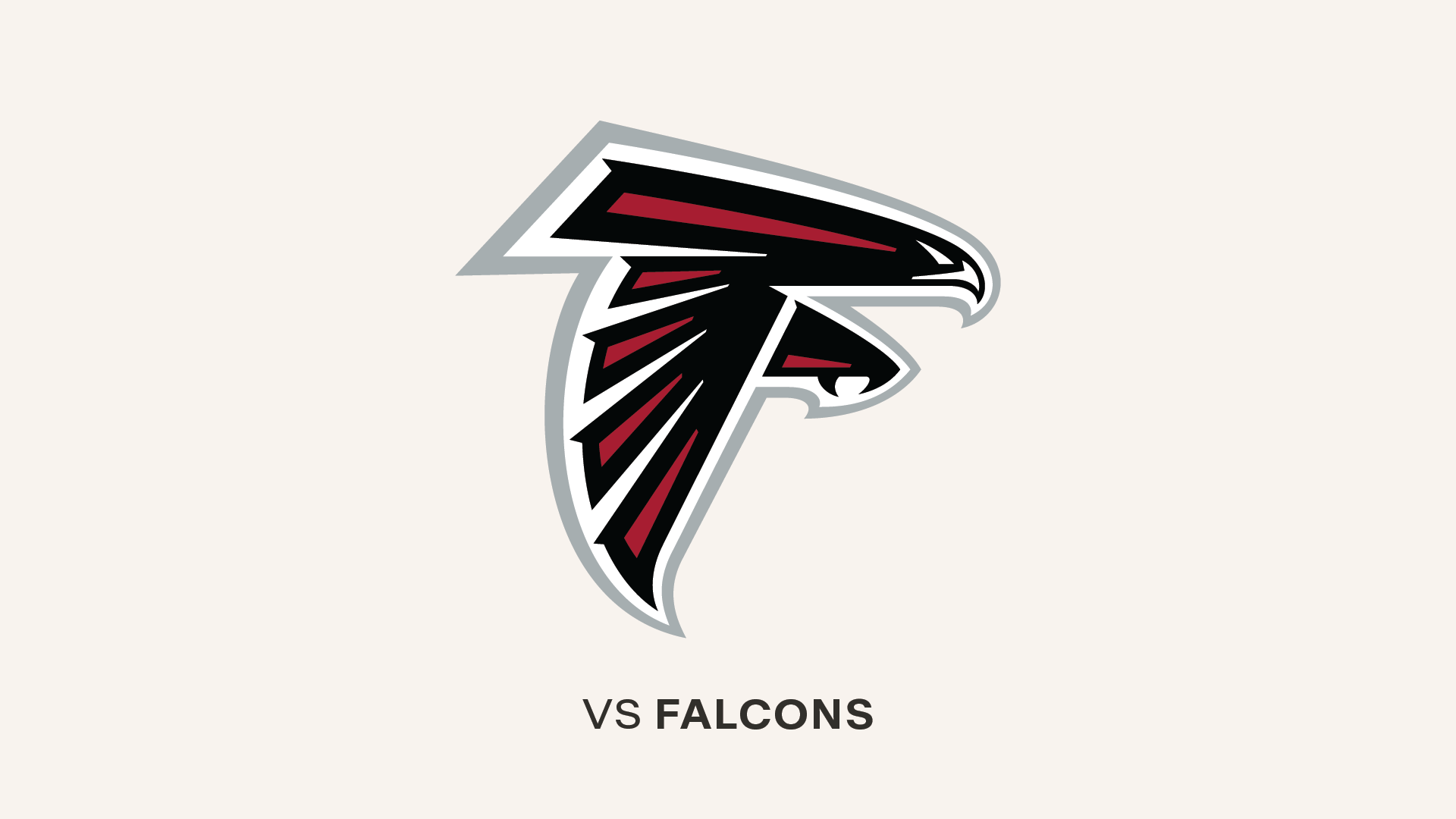Coaches don't always care for stats…but we love them! Each week, we're going to give you a closer look at three or four pieces of statistical analysis, hopefully in a way that is relevant to the Buccaneers' current state of affairs.
Let's get started.
**
1. Like Mike
We've tried not to go to the well too often with this same chart on the Football Outsiders web site, which breaks down how each team's pass defense has done against different types of receivers. That has been difficult, though, because the numbers are often very compelling, and they happened to have had some nice predictive value in recent weeks, too.
For instance, the table suggested before the Buccaneers' game at Minnesota that the Vikings' pass defense was most susceptible to #2 receivers and running backs. Mike Williams had six catches for 64 yards and a touchdown while Doug Martin racked up 79 yards and a score on three grabs. Both New Orleans and Oakland have struggled mightily this year against #1 receivers; all Vincent Jackson did in those two games combined was rack up exactly 300 yards and two scores. San Diego has been good this year against #2 receivers, tight ends and "other" receivers but has struggled against #1 receivers and backs. Jackson and Martin were the only two Bucs to crack 50 receiving yards last week.
So, we're going back to this chart one more time because there seems to be strong evidence that one player in general will have a big day for the Buccaneers this Sunday in Charlotte: Mike Williams.
First of all, Carolina's defense has been quite good this year in the estimation of the FO staff, which has them ranked seventh in the league using their signature statistics, DVOA (explanation here). When the Panthers' pass defense is broken down into the five receiver types, it seems clear that Williams has the greatest opportunity this weekend.
That's because Carolina ranks eighth in the NFL against #1 receivers and somewhere between 13th and 15th against backs, tight ends and other receivers. However, the Panthers are way down at 28th against #2 receivers and have allowed them 54.4 yards per game this season. When Josh Freeman is going through his read progressions this Sunday, there's a good chance he's going to be stopping on Williams' route more often than not.
**
2. Running in All Directions
Some online fantasy experts predicted the statistical demise of rookie RB Doug Martin when Carl Nicks went down for the season with a toe injury after Week Eight, and the logic did seem sound. By most accounts, the Bucs had found more success running the ball to the left side through the first seven games, and without the Pro Bowler Nicks grading the road on that side, Martin was likely to find fewer seams to blast through.
In reality, while the Buccaneers have run the ball more often to the left this season, they have actually been just as effective in either direction, and not too shabby when going straight up the middle, where almost every team finds the going a little tougher. Keeping in mind that these statistics include the last two games after Nicks' move to I.R. – and that enormous day in Oakland will do wonders for all kinds of statistics – here is how the Bucs have fared in those three directions, according to Statspass:
|
Direction |
No. |
Yards |
Avg. |
|
Running Right |
58 |
296 |
5.10 |
|
Running Middle |
79 |
273 |
3.46 |
|
Running Left |
107 |
553 |
5.17 |
As you can see, the numbers for runs to the left and to the right are nearly identical. The Bucs are the NFL's sixth-best team, in terms of yards per carry, when running to the left (San Francisco is #1) and the fifth-best team when running to the right (Minnesota is #1). Tampa Bay has produced a lot more breakaway runs (carries of more than 10 yards) when going to the left; they have 18 such runs in that direction to six when going right.
**
3. Sack Full of Ws
No matter how they feel about statistics and their relationship with Ws and Ls, most NFL coaches will agree with this point: Takeaways lead to victories. You probably don't need convincing, either, but in case you do, consider this simple list: New England, Chicago, N.Y. Giants, Tampa Bay, Houston, Atlanta, Baltimore, Washington, Green Bay and San Francisco. Those are the top 10 teams in the league (in order) in turnover ratio, and nine of them have winning records. That list just happens to include seven of the eight division leaders. Enough said.
What other statistics are closely tied to victories. We can answer that question in terms of the Buccaneers. There is the run-the-ball-more-than-30-times theory. Tampa Bay is 15-1 when it does and 16-41 when it doesn't over the last five years. However, most in-depth students of NFL statistics (such as the folks at Football Outsiders, here in their "basics" column) believe that winning leads to more carries, not the other way around. The Bucs happen to have a winning percentage that is a whopping .235 higher over the last five years when they win the opening coin toss…but it's hard to put much stock in the actual predictive power of a random event taking place before kickoff. The Bucs are also far better off when they have a positive time-of-possession ratio, but again that is more the byproduct of success than the cause of it.
Determining the causal relationship in any of these situational numbers is a thorny issue, but we'll argue here for one statistic that does appear to be helpful in producing victories: sacks by the defense.
The Bucs' communications staff has "situational" tables dating back to 1996. Thus, we can see how the team has done in certain situations over a pretty large sample size of 16.5 seasons. And cranking up the pass rush seems to have a strong correlation with winning.
Specifically, the Bucs have been quite a bit more successful when their defense has been able to break past two sacks in a game. Since 1996, here are the Buccaneers' records when they've had two or fewer sacks in a game, and when they've had three or more:
|
Situation |
W-L |
Pct. |
|
2.0 Sacks or Less/Game |
65-98 |
.399 |
|
3.0 Sacks or More/Game |
68-34 |
.667 |
There is something of a causation issue that must be considered here. Those who believe that winning leads to more carries, and not the other way around, point out that winning teams have a lot of runs because their backs are grinding out the clock at the end, not getting tons of ground-game-establishing carries early. One could make a similar argument that teams that are ahead on the scoreboard are likely to face more passes, which increases the opportunity for sacks.
That's an argument worth considering, but here's why it might not be that damning to the sacks-wins corollary after all: Tampa Bay's game-by-game sack totals haven't really coincided directly with their opponents' pass attempts totals. For instance, the Bucs had three sacks on opening day, when Cam Newton attempted 33 passes, but they had zero the next week, when Eli Manning threw it a whopping 51 times. They got to Minnesota's Christian Ponder three times in 38 drop-backs, but only dropped Oakland's Carson Palmer twice in 64 drop-backs. The same lack of correlation can be found in the 2011 and 2010 game-by-game totals as well.
Therefore, we're here to say it, and believe it: If the Buccaneers' defense can sack Newton at least three times this Sunday, Tampa Bay will have a very good chance of leaving Charlotte with a victory.























